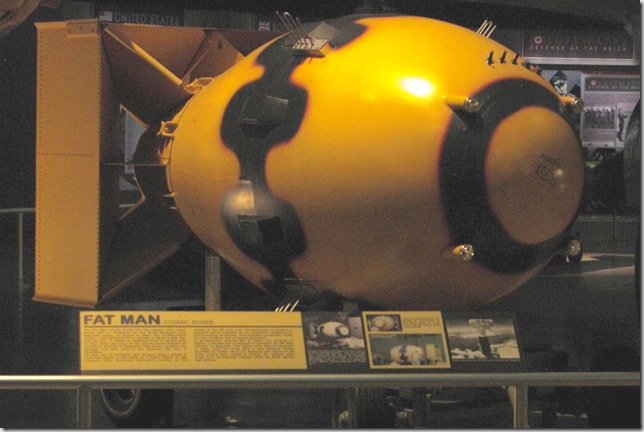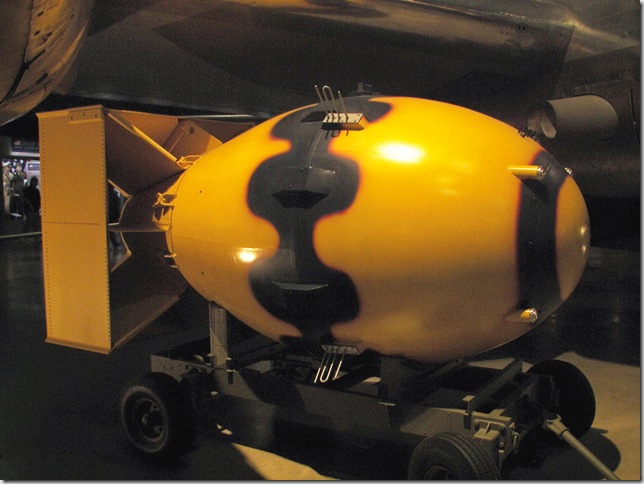Owens wins 4th gold medal
At the 1936 Berlin Olympics, African American track star Jesse Owens wins his fourth gold medal of the Games in the 4×100-meter relay. His relay team set a new world record of 39.8 seconds, which held for 20 years. In their strong showing in track-and-field events at the XIth Olympiad, Jesse Owens and other African American athletes struck a propaganda blow against Nazi leader Adolf Hitler, who planned to use the Berlin Games as a showcase of supposed Aryan superiority.
Despite the embarrassment of seeing his best Aryan runners bested by African Americans, Adolf Hitler hailed the Berlin Olympics as a great success. He commissioned a German architect to design a colossal, 400,000-seat stadium at Nuremberg that would host Olympics for “all time to come.” The outbreak of World War II in 1939 prevented the building of the stadium, and by 1945 Hitler’s plans for Nazi world domination had ended in absolute defeat. In the decades of Cold War that followed, the United States and the Soviet Union exploited the propaganda potential of the Olympic Games as freely as the Nazis did at Berlin in 1936.
Although only 23, Jesse Owens retired from amateur competition shortly after the Berlin Olympics in order to capitalize on his fame. This effectively brought his athletic career to an end. He later engaged in boys’-guidance activities, made goodwill visits to Asia for the U.S. Department of State, and served as secretary of the Illinois State Athletic Commission. He died in 1980.
“Owens wins 4th gold medal.” 2008. The History Channel website. 8 Aug 2008, 04:04 http://www.history.com/this-day-in-history.do?action=Article&id=6984.
On This Day
1678 – American Indians sold the Bronx to Jonas Bronck for 400 beads.
1854 – “Walden” was published by Henry David Thoreau.
1859 – The escalator was patented by Nathan Ames.
1910 – A.J. Fisher received a patent for the electric washing machine.
1942 – Mohandas K. Gandhi was arrested Britain. He was not released until 1944.
1944 – The Forest Service and Wartime Advertising Council created “Smokey the Bear.”
1945 – The U.S. dropped an atomic bomb on Nagasaki. The bombing came three days after the bombing of Hiroshima. About 74,000 people were killed. Japan surrendered August 14.
1945 – The first network television broadcast occurred in Washington, DC. The program announced the bombing of Nagasaki, Japan.
1956 – The first statewide, state-supported educational television network went on the air in Alabama.
1969 – Sharon Tate and four other people were found murdered at Tate’s residence in Los Angeles, CA. Charles Manson and several members of his cult were later convicted of the crime.
1985 – Arthur J. Walker, a retired Navy officer, was found guilty of seven counts of spying for the Soviet Union.
2001 – U.S. President Bush announced he would support federal funding for limited medical research on embryonic stem cells.
Arthur Walker found guilty of spying for Soviet Union
Arthur Walker, a retired U.S. Navy officer, is found guilty of espionage for passing top-secret documents to his brother, who then passed them to Soviet agents. Walker was part of one of the most significant Cold War spy rings in the United States.
“Arthur Walker found guilty of spying for Soviet Union.” 2008. The History Channel website. 8 Aug 2008, 04:06 http://www.history.com/this-day-in-history.do?action=Article&id=2754.
Unusual succession makes Ford president
In accordance with his statement of resignation the previous evening, Richard M. Nixon officially ends his term as the 37th president of the United States at noon. Before departing with his family in a helicopter from the White House lawn, he smiled farewell and enigmatically raised his arms in a victory or peace salute. The helicopter door was then closed, and the Nixon family began their journey home to San Clemente, California. Richard Nixon was the first U.S. president to resign from office.
Minutes later, Vice President Gerald R. Ford was sworn in as the 38th president of the United States in the East Room of the White House. After taking the oath of office, President Ford spoke to the nation in a television address, declaring, “My fellow Americans, our long national nightmare is over.”
Ford, the first president who came to the office through appointment rather than election, had replaced Spiro Agnew as vice president only eight months before. In a political scandal independent of the Nixon administration’s wrongdoings in the Watergate affair, Agnew had been forced to resign in disgrace after he was charged with income tax evasion and political corruption. In September 1974, Ford pardoned Nixon for any crimes he may have committed while in office, explaining that he wanted to end the national divisions created by the Watergate scandal.
“Unusual succession makes Ford president.” 2008. The History Channel website. 8 Aug 2008, 04:08 http://www.history.com/this-day-in-history.do?action=Article&id=5246.






Recent Comments